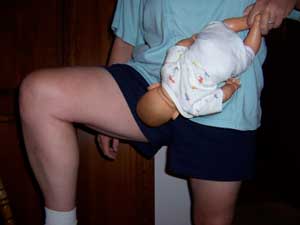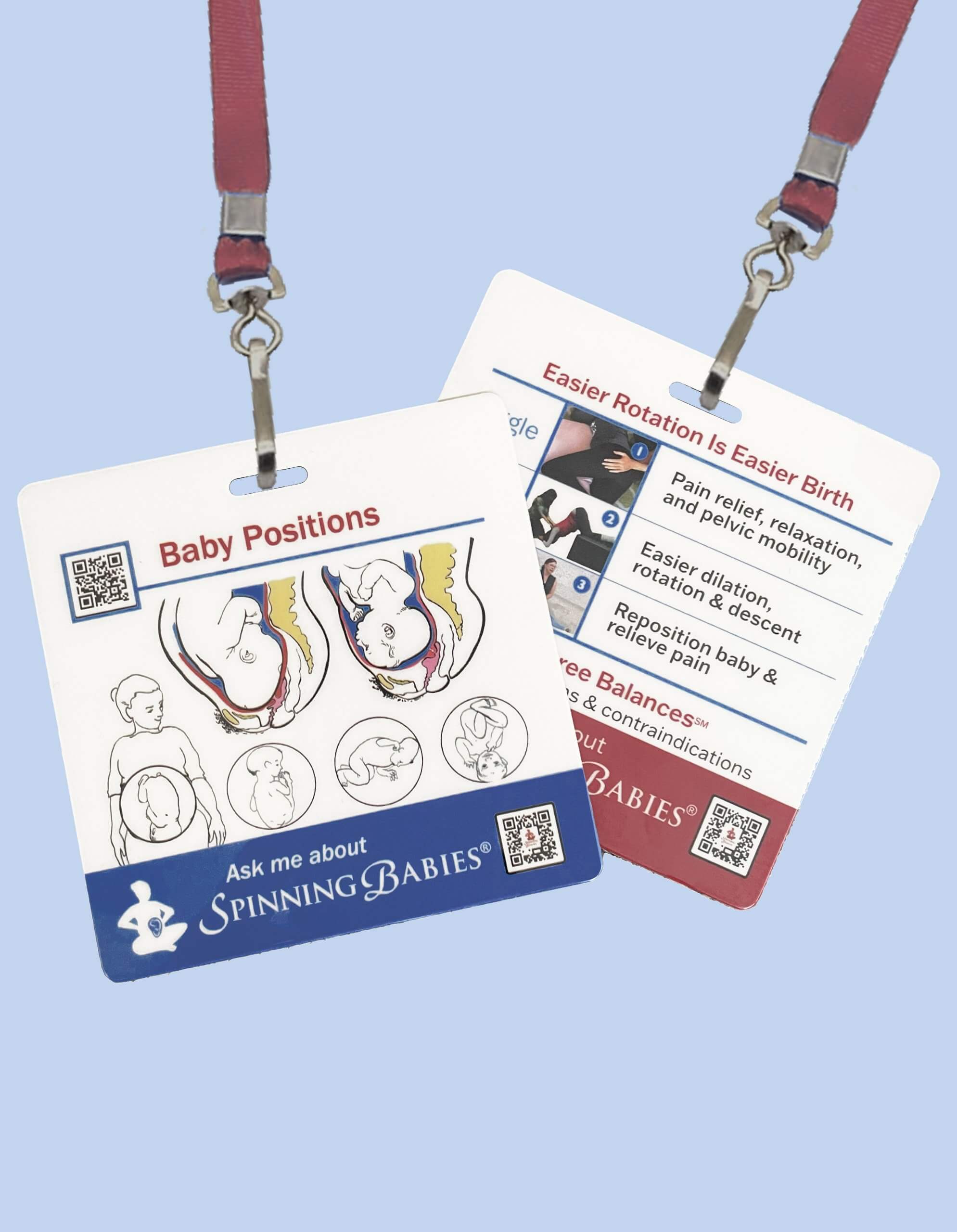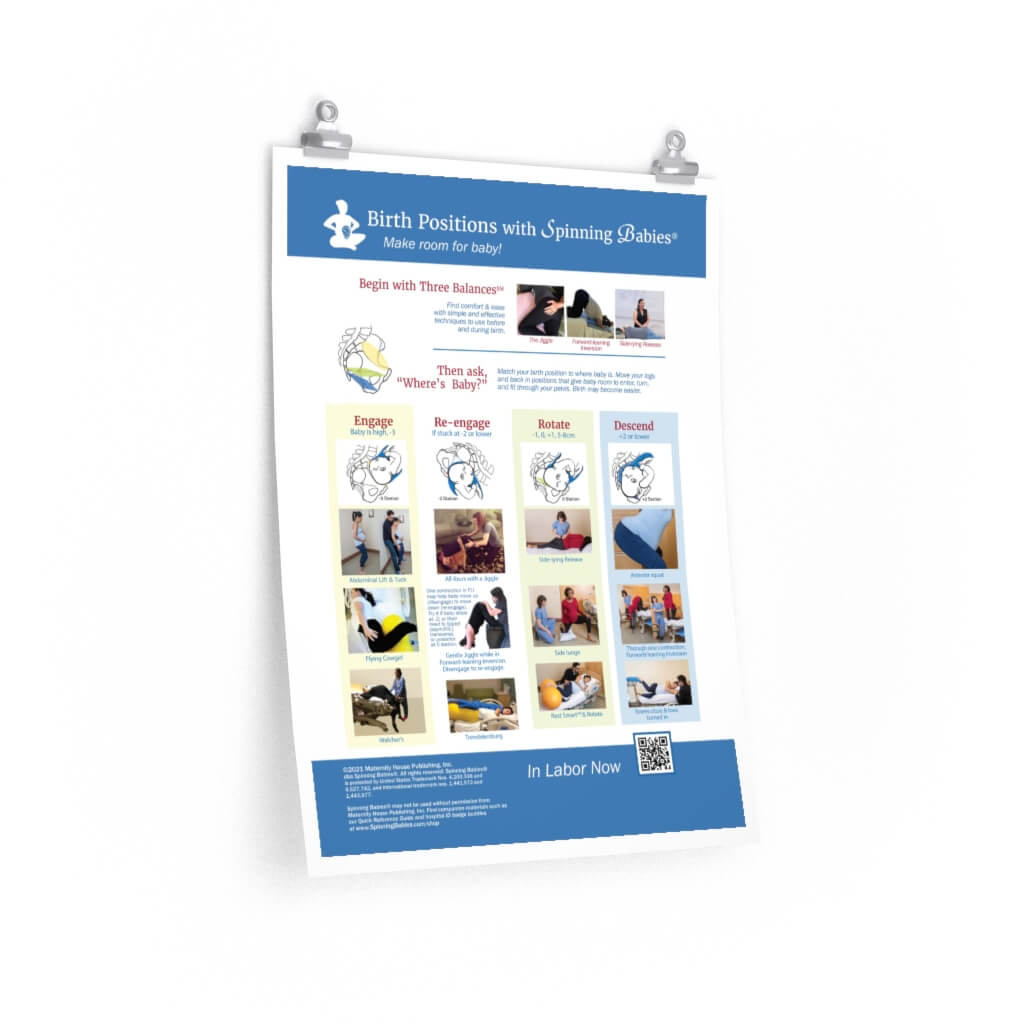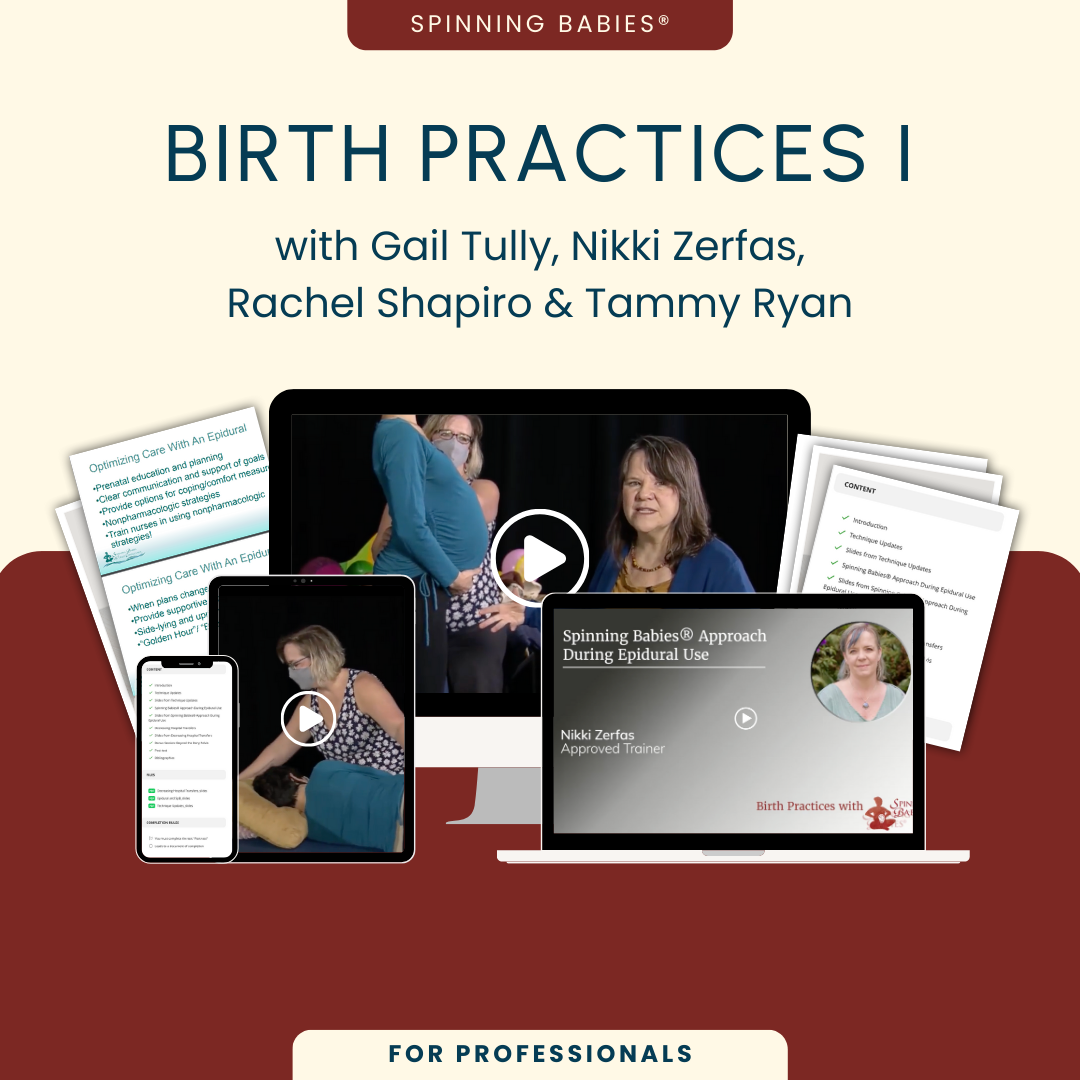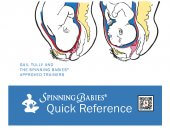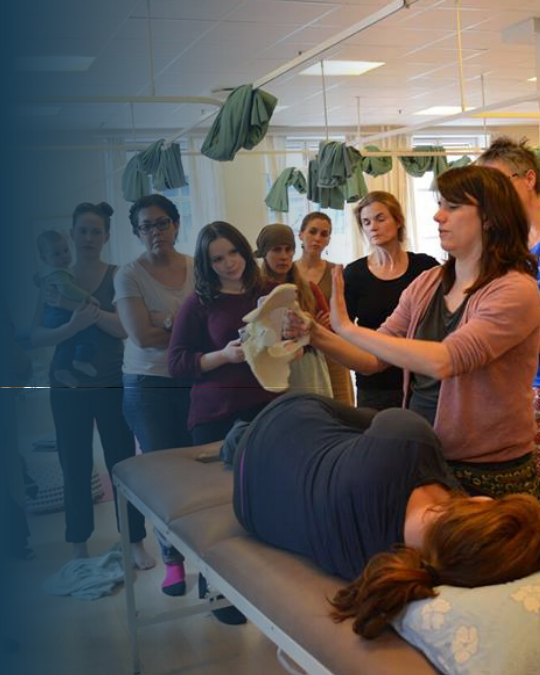 During a contraction, she rocks towards her knee and back to standing straight again. Repeat through contraction. Breath deeply and slowly when possible. Relax the belly, buttocks, shoulders, and neck. It is important that she does not extend her knee past her foot, as she could strain her knee ligaments.
During a contraction, she rocks towards her knee and back to standing straight again. Repeat through contraction. Breath deeply and slowly when possible. Relax the belly, buttocks, shoulders, and neck. It is important that she does not extend her knee past her foot, as she could strain her knee ligaments.
Rock gently towards the knee and away, like a fencer lunging towards an opponent. It doesn’t work if the mother’s knee is directly in front of herself.
Between contractions, she can put her foot down, rest her knee, and move her legs for circulation. Repeat for 10-12 contractions, switching legs according to results. The mother may have a hunch which leg is the right one, or she can do 5-6 contractions with each leg.
Her partner, doula, or friend can hold her for balance and comfort.
How does it work?
The Lunge opens the mid-pelvis. It is a good technique to be used in labor during a contraction. Lunges help:
When labor is asymmetrical, make the pelvis asymmetrical!
When should you do it?
Use when regular contractions are present (especially if the baby is at 0 station or near it). Fairly moderate or strong contractions seem to work best with the lunge. This is because of the “spinning” power of the contractions.
Once you get regular contractions, you will be able to move into the lunge position as the contraction begins. Put your foot down after the contraction finishes to relax your leg and prevent tired legs.
Before doing a lunge
Make sure the baby is engaged first. Do the Side-lying Release to make the lunge more successful.
Are there any good alternatives?
A complementary technique is the Abdominal Lift. It is effective during active labor contractions as well, and helps occiput posterior babies rotate. It can be used when the baby is higher in the pelvis, from the brim down to the mid-pelvis, as the lunge is more effective for babies at the mid-pelvis.


 During a contraction, she rocks towards her knee and back to standing straight again. Repeat through contraction. Breath deeply and slowly when possible. Relax the belly, buttocks, shoulders, and neck.
During a contraction, she rocks towards her knee and back to standing straight again. Repeat through contraction. Breath deeply and slowly when possible. Relax the belly, buttocks, shoulders, and neck.